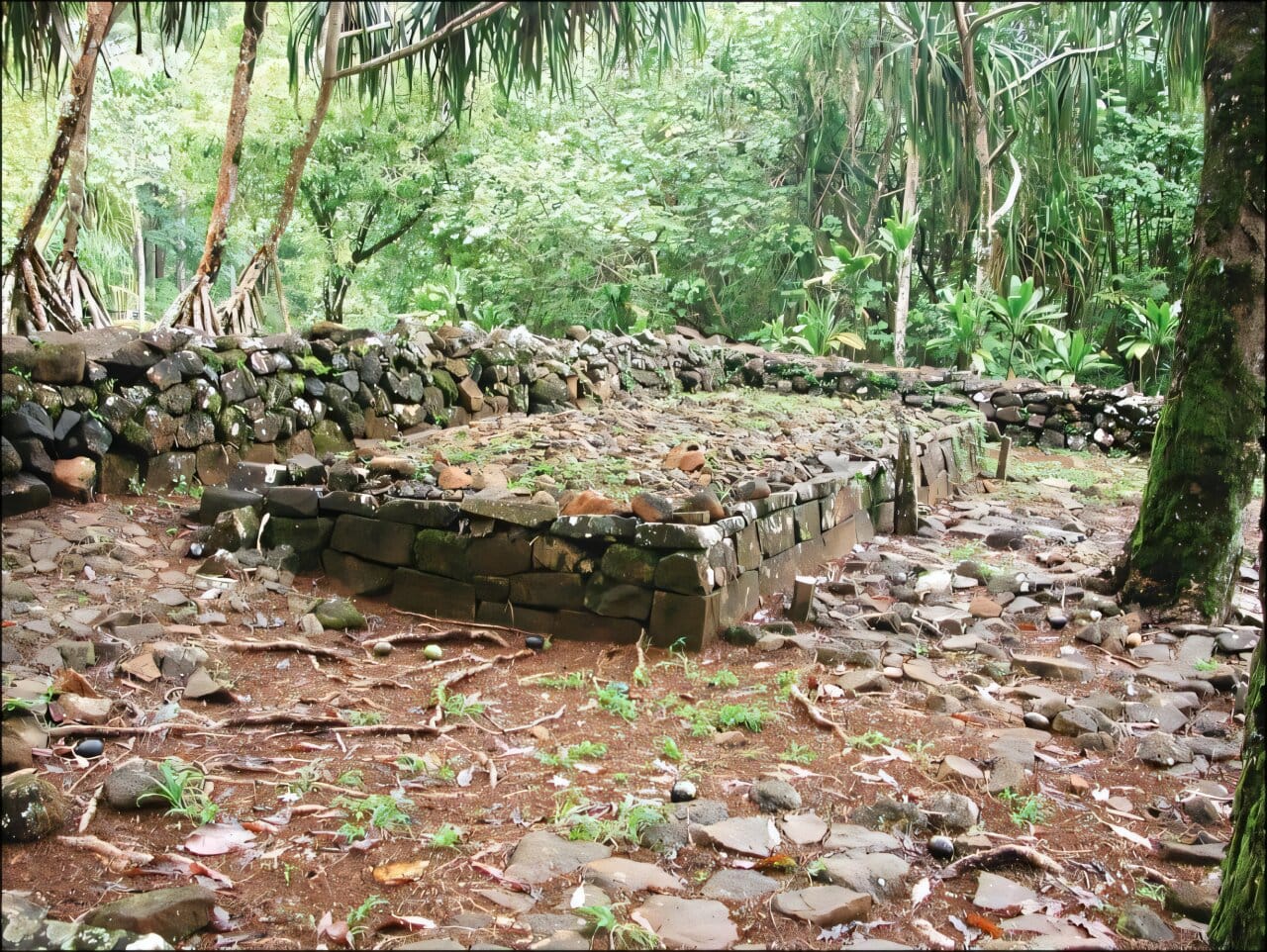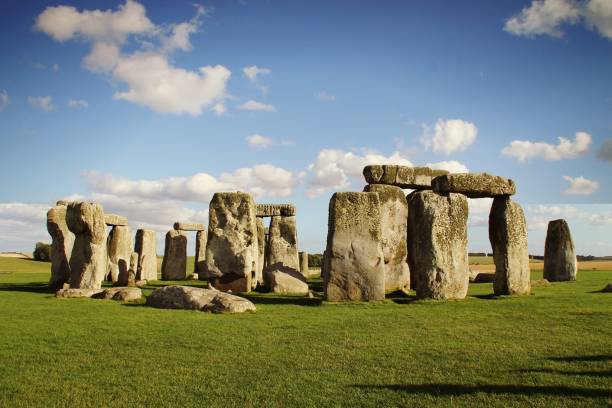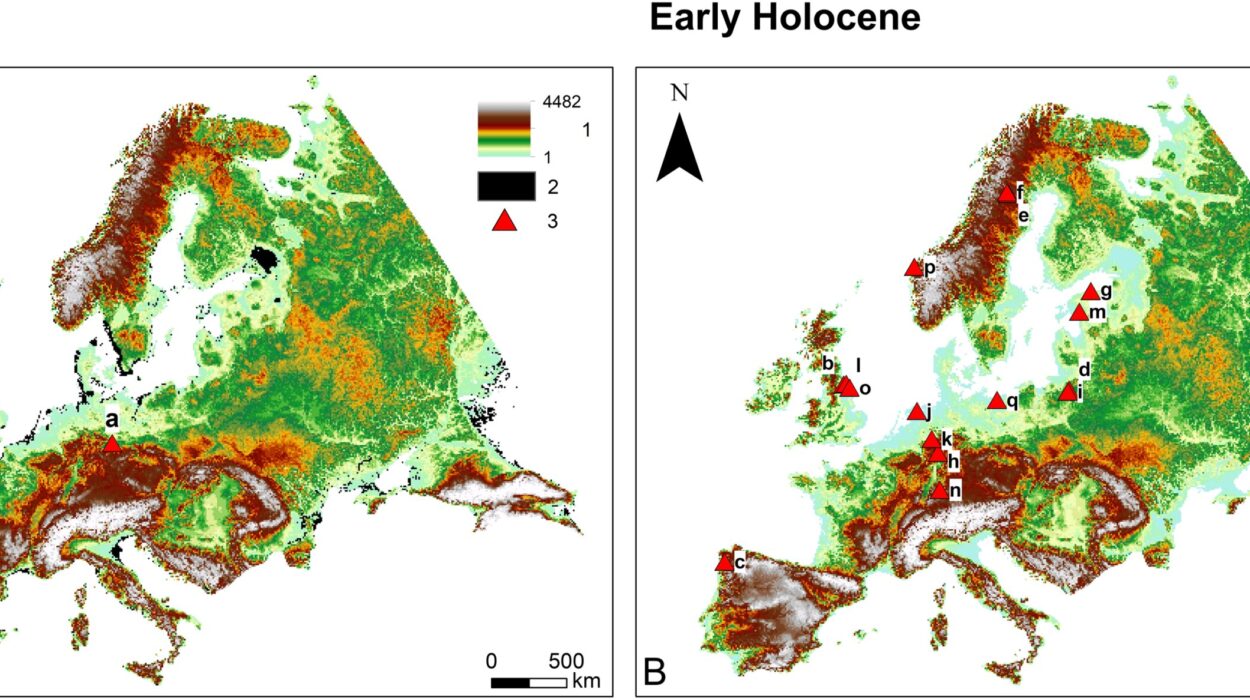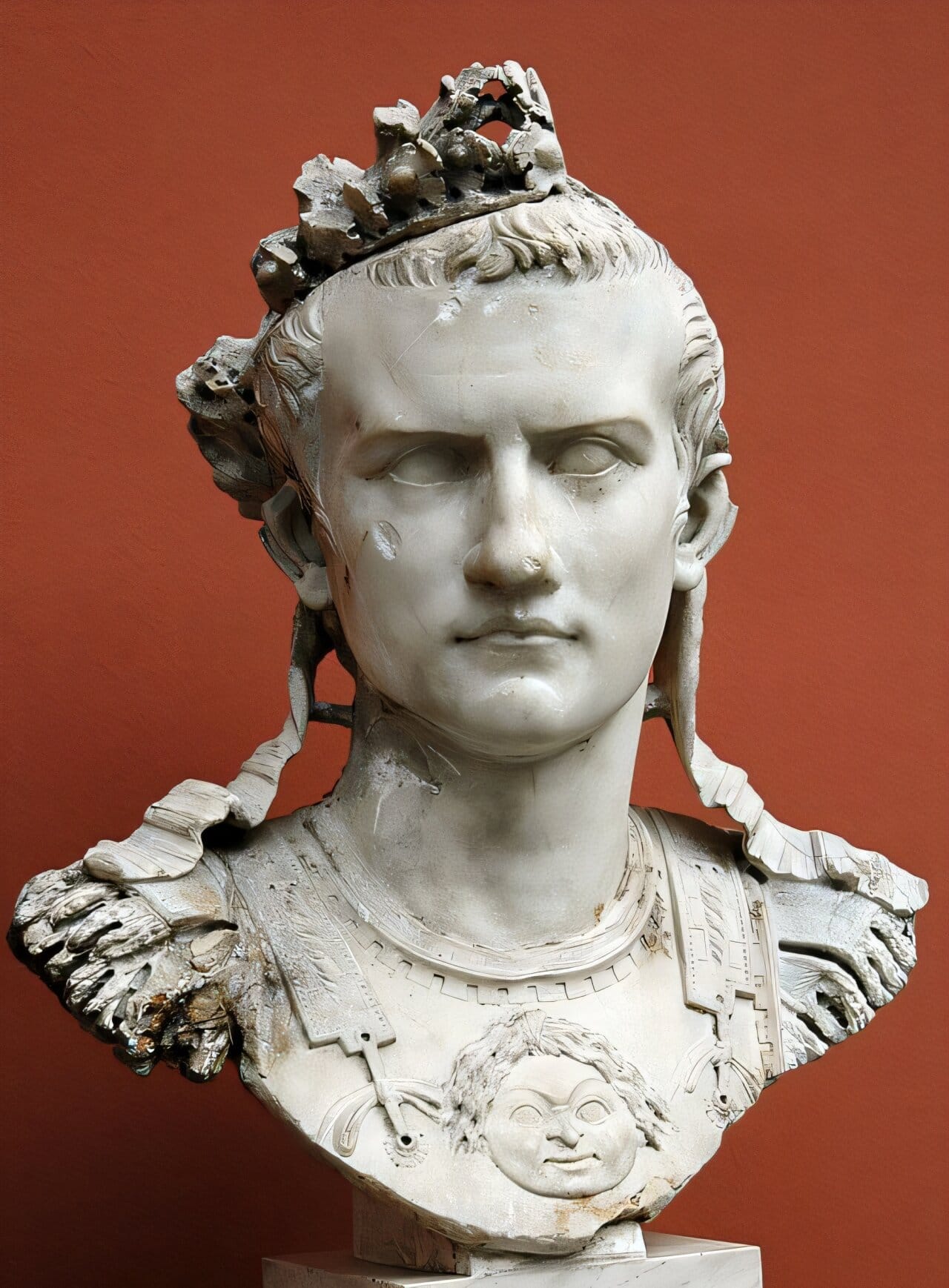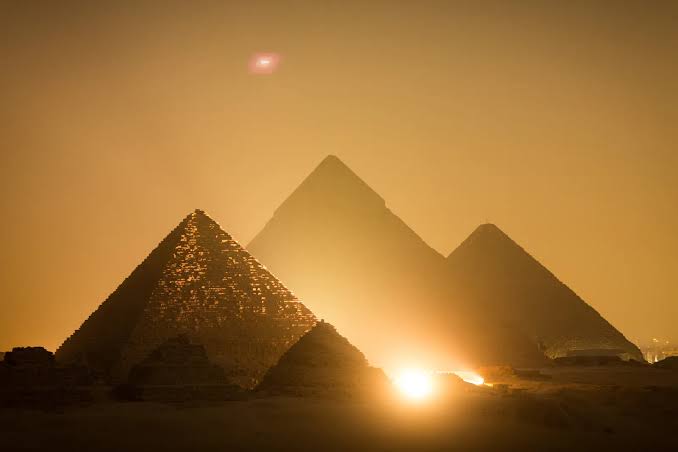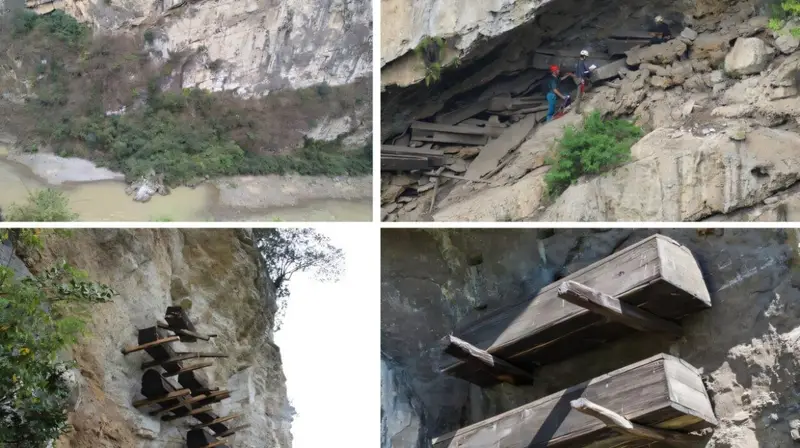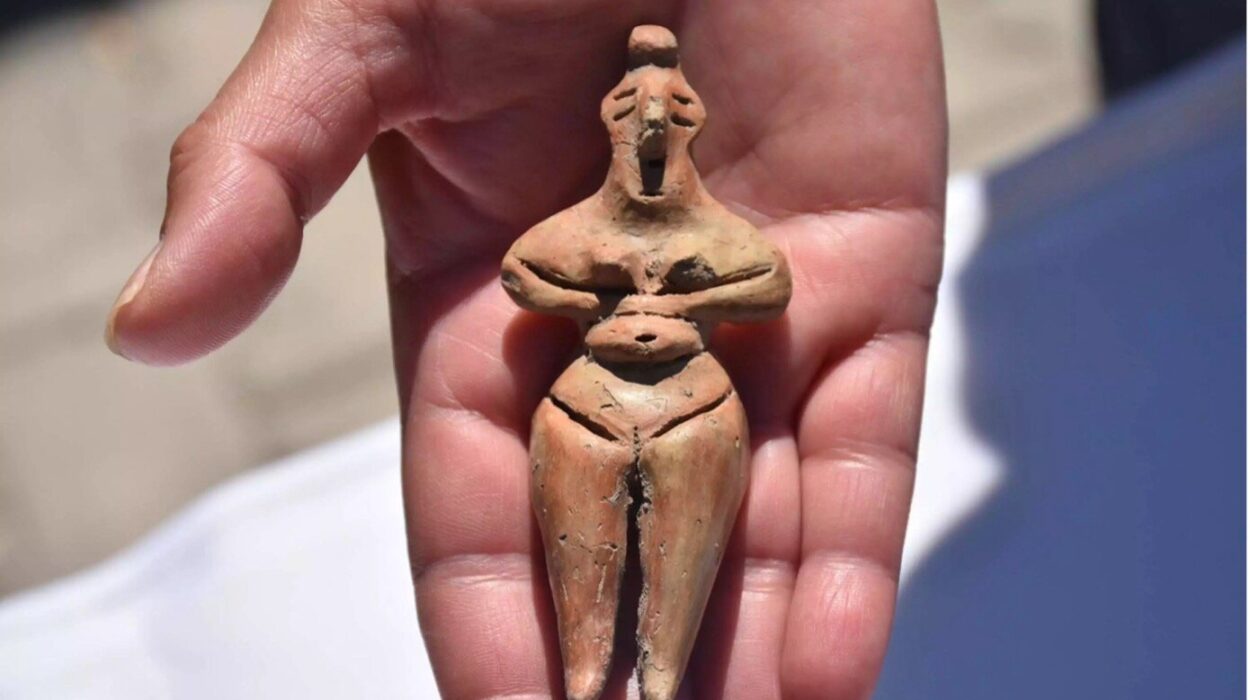Across the endless blue of the Pacific, in a realm where ocean horizons blur into sky, lie the scattered islands of Polynesia—fragments of volcanic rock that became the stage for one of humanity’s greatest feats of exploration. And amid these islands stands Rapa Nui, better known as Easter Island, famed for its silent stone giants, the moai, staring solemnly toward the land as if guarding secrets older than memory.
For decades, scholars believed Rapa Nui developed in near-total isolation after its first settlers arrived. But new research suggests that the story of these distant shores—and the people who called them home—is far more connected and dynamic than we ever imagined.
Sailing Into the Vast Unknown
To understand this revelation, we must first glimpse the staggering journey of the Polynesians. Long before the modern compass or GPS, ancient navigators launched sleek outrigger canoes into the vast Pacific, guided only by stars, ocean swells, and seabirds. From their homelands in Tonga and Samoa, they sailed eastward, hopscotching across thousands of miles of open sea to settle islands like Tahiti, Hawai‘i, and eventually the lonely shores of Rapa Nui.
This epic wave of migration was the last great human expansion across Earth’s empty spaces. For centuries, scholars painted it as a one-way voyage—a relentless march from west to east, with each island group isolated from the rest once colonization was complete.
But the winds of scientific thought are shifting.
Clues Carved in Stone and Soil
Standing amid windswept plains and volcanic craters, Professors Paul Wallin and Helene Martinsson-Wallin from Uppsala University have dedicated years to unraveling the tangled threads of Polynesia’s past. Their latest study, published in the journal Antiquity, dives deep into ritual spaces and monuments scattered across East Polynesia—particularly the enigmatic marae.
Marae are sacred spaces: open-air courtyards or platforms where communities gathered to perform rituals, honor ancestors, and cement social hierarchies. They vary in form but are united by their cultural significance. On Rapa Nui, the marae evolved dramatically, crowned by towering moai statues perched on stone platforms, their broad backs to the sea.
Could such monumental architecture emerge in isolation? Wallin and Martinsson-Wallin weren’t convinced.
A Tapestry of Three Phases
Their research pieced together radiocarbon dates and archaeological clues from settlements, ritual grounds, and monumental structures across the Pacific. What emerged wasn’t a static narrative of eastward migration—but a vibrant dance of ideas flowing back and forth across the ocean.
Phase One reflected the initial west-to-east expansion, where rituals centered around burials and feasting. Communities marked these sacred acts with simple stone uprights—silent witnesses to the dawn of new societies. These practices arose amid continuous contact within a vast Polynesian network, where knowledge, myths, and customs sailed alongside canoes.
Phase Two revealed something extraordinary. The concept of creating highly visible, monumental ritual spaces—marae—seems to have blossomed first on Rapa Nui. Radiocarbon dating suggests that the innovation of elaborately constructed temples and ceremonial platforms originated there, then radiated westward, echoing back into central East Polynesia through thriving exchange networks.
In other words, ideas once thought to travel only east were now shown flowing back in the opposite direction—a cultural tide pulling at the boundaries of accepted history.
Finally, Phase Three arrived, marked by increasing isolation. As time passed, hierarchical societies on islands like Rapa Nui, Tahiti, and Hawai‘i developed monumental architecture to showcase power and legitimacy. Gigantic moai rose from volcanic quarries. On Tahiti, towering marae sprouted with coral and basalt stones. In Hawai‘i, massive heiau temples dotted the landscape. Each became a statement of status and cosmic order, tailored to local environments and beliefs.
A New Map of Connection
The implications ripple far beyond archaeological debates. Wallin and Martinsson-Wallin’s work challenges a core assumption—that islands like Rapa Nui were cultural dead-ends after initial settlement.
“The migration process from West Polynesian core areas such as Tonga and Samoa to East Polynesia is not disputed here,” said Wallin. “Still, the static west-to-east colonization and dispersal suggested for East Polynesia and the idea that Rapa Nui was only colonized once in the past and developed in isolation is challenged.”
Instead, the research points to enduring interaction networks—trading not only objects and resources but also ideas, spiritual practices, and social innovations. Even across vast ocean expanses, Polynesians stayed connected, sustaining a web of cultural exchange that bent the map of the Pacific into a living tapestry of human ingenuity.
Rapa Nui’s Voice Across the Sea
Perhaps the most electrifying part of the study is the possibility that Rapa Nui was not merely a distant outpost receiving culture from the west—but a cultural innovator whose ideas spread back across the waves. The island’s unique blend of ritual spaces and monumental moai may have sparked architectural and spiritual changes on islands thousands of miles away.
“The most important finding is that, based on C-14 dating, we can observe an initial west-to-east spread of ritual ideas,” said Wallin. “However, the complex, unified ritual spaces (known as marae) show earlier dates in the east.”
These findings don’t overturn the general trajectory of Polynesian migration. Instead, they reveal a far richer story: that Polynesian civilization was not a one-way journey into isolation but an ocean-spanning conversation, where even remote islands like Rapa Nui played a powerful role in shaping the cultural mosaic of the Pacific.
Echoes in Stone and Sea
Today, Rapa Nui’s moai still gaze inland, their eyes hollow but filled with mystery. They stand not merely as relics of an isolated people but as testaments to a civilization linked by miles of ocean and centuries of shared vision.
On windswept shores from Tahiti to Hawai‘i, the echoes of these ancient connections remain. Sacred sites still pulse with meaning. Ritual platforms, some eroded by time, still outline the footprints of ceremonies once performed beneath stars. Each stone, each carving, whispers a story of voyages, of cultural sparks leaping from island to island.
This new research invites us to imagine Polynesia not as scattered dots on a map, but as a vibrant network where innovation and tradition traveled ceaselessly across the sea. It’s a vision as expansive—and as interconnected—as the Pacific itself.
And so, beneath the endless blue sky, the story of Rapa Nui grows deeper. No longer simply the island of giant statues, it emerges as a beacon of creativity and exchange—a reminder that even the world’s most remote places are never truly alone.
Reference: From ritual spaces to monumental expressions: rethinking East Polynesian ritual practices, Antiquity (2025). DOI: 10.15184/aqy.2025.96
